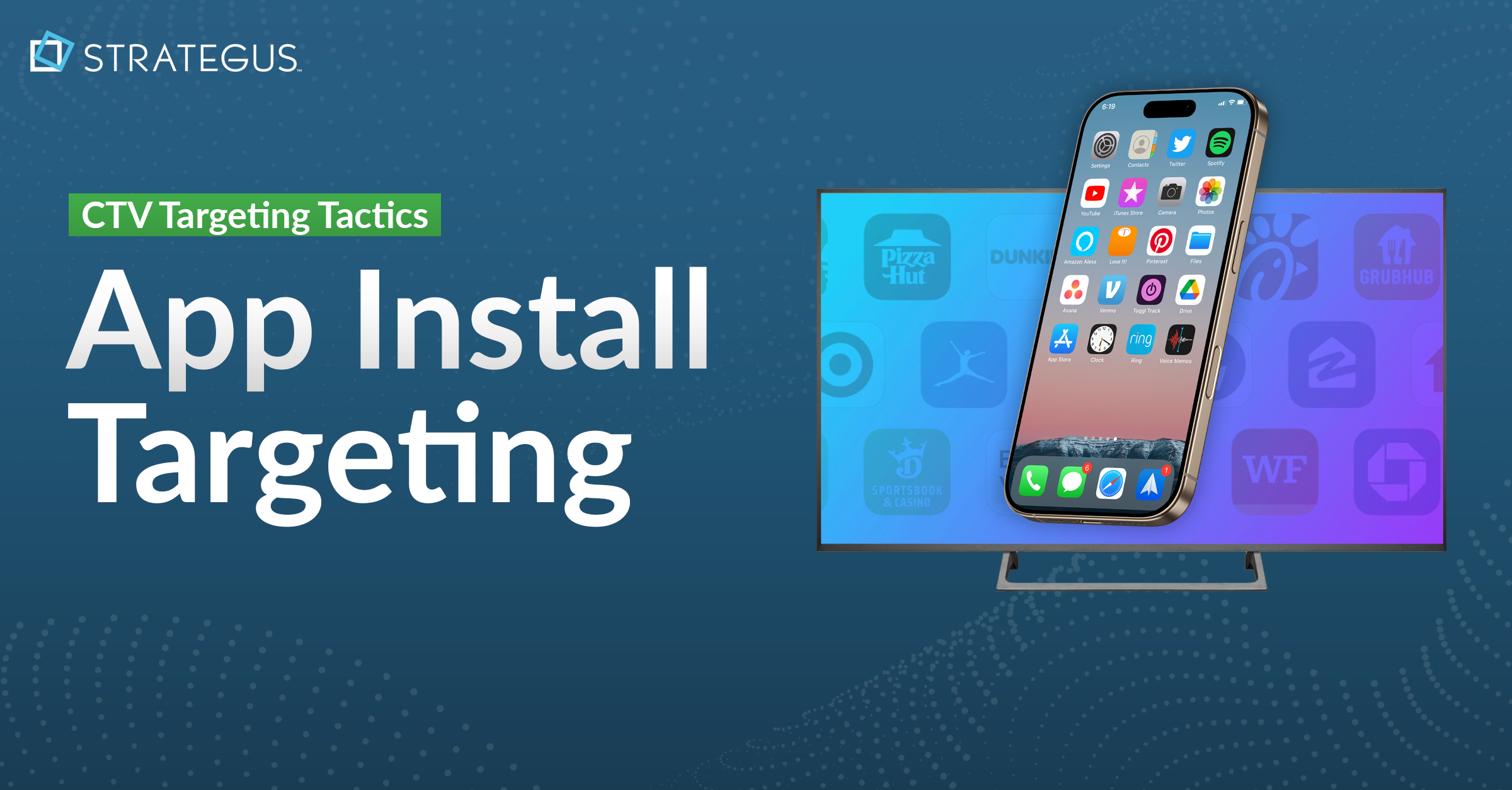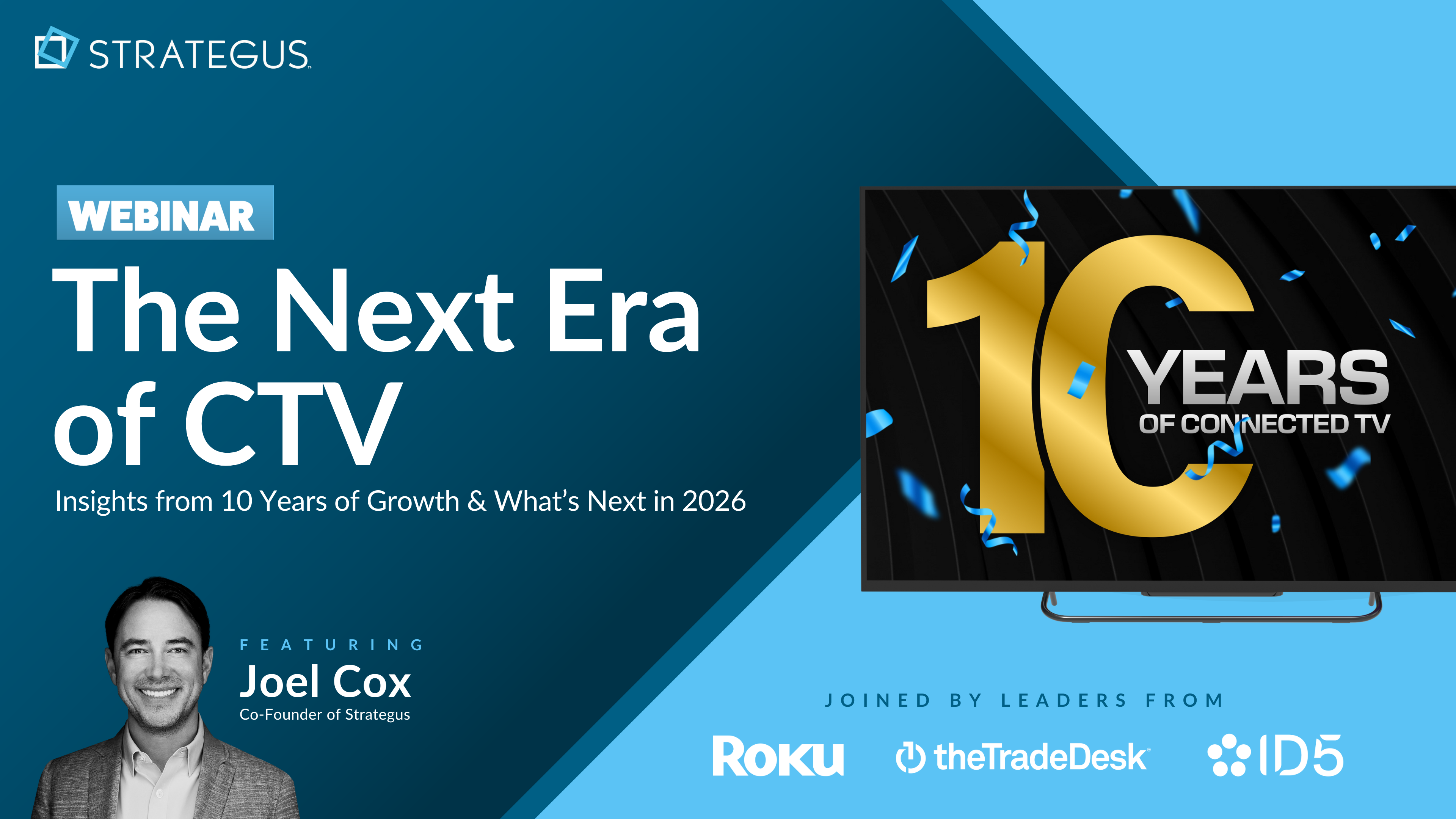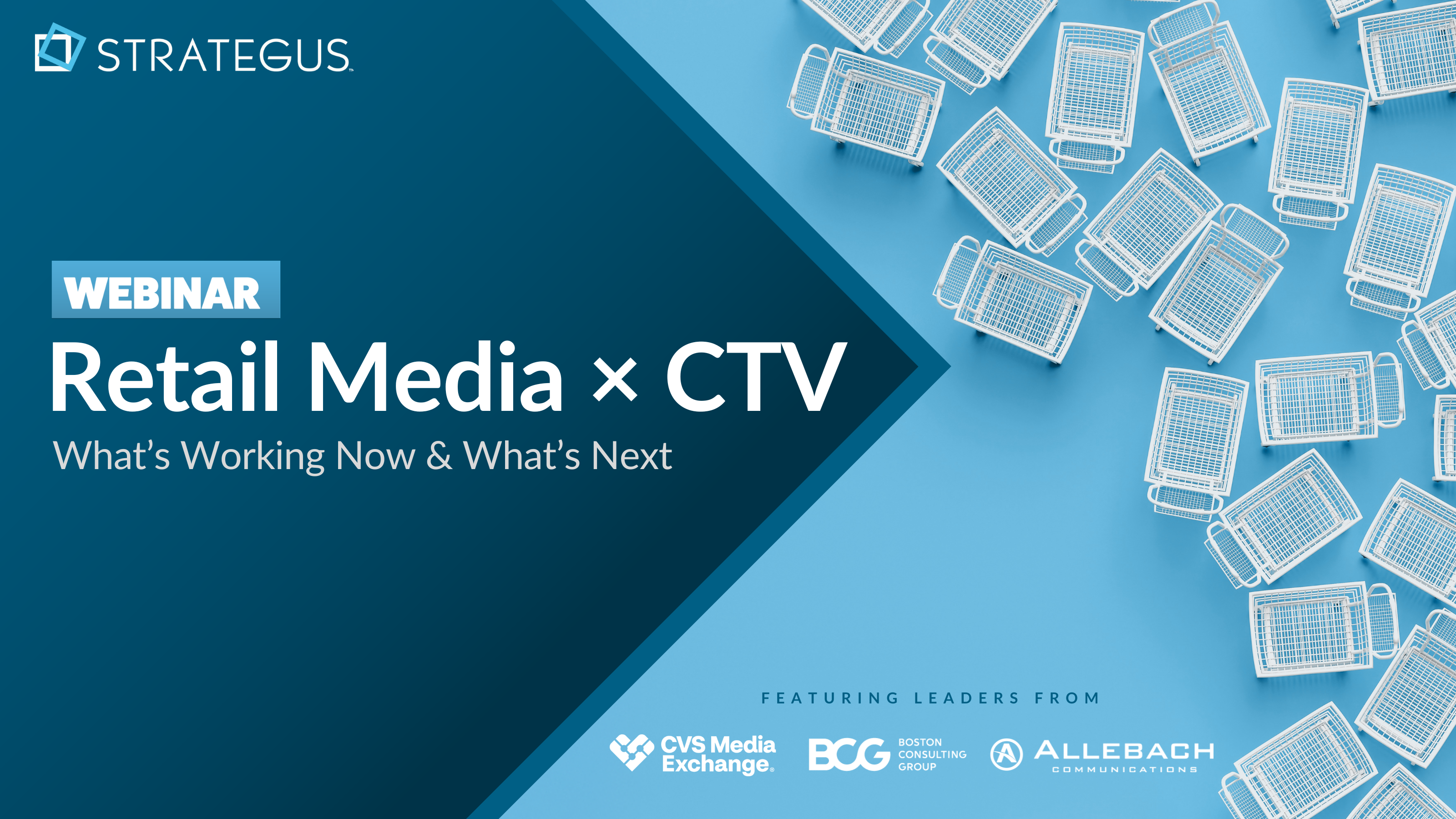- Home
- Strategus Blog
- What Is Web3? A Simple Guide to the Next Era of the Internet
What Is Web3? A Simple Guide to the Next Era of the Internet
 Andy Dixon
Andy Dixon
4 minutes read

If you have been staying up on the latest news surrounding the tech industry, then you have undoubtedly come across the phrase “Web3.” But you might not be entirely sure what Web3 is or how it will impact the day-to-day operations of your business.
Regardless of the industry that you are involved in, Web3 will soon be a significant component of your overall digital strategy – or at least it should be. The companies that adapt most efficiently will be able to remain competitive. On the other hand, organizations that fail to evolve are at risk of facing a reduced digital footprint, which will make it challenging to stay profitable.
What Is Web 3?
Before we discuss how to navigate the next generation of the internet, it's important that you understand what Web3 is.
Web3, alternatively known as “Web 3.0,” refers to the third significant internet era.
During the first era of the internet, which began in the early 1990s, the world wide web was a mess. People suddenly had access to an abundance of data, but there were no simple ways to sift through all of this information.
The second generation of the internet began in the mid-2000s when major players like Google, Twitter, and Amazon broke onto the scene. Over the next 15 years or so, these entities became extremely powerful.
Web 3.0 is all about decentralization and giving control of data back to individual content creators, startups, and small businesses.
While Web 3.0 may sound like a lot of hype, several technological developments are helping the movement gain traction, as we’ll explore below.
Emerging Web 3.0 Entities
Web3 is creeping into the mainstream, thanks in large part to technologies such as:
NFTs
Non-fungible tokens (NFTs) are digital collectibles. Users can purchase or sell these online files in exchange for cryptocurrency. NFTs are unique units of data that are stored on digital ledgers. By buying an NFT, a consumer can gain access to videos, audio clips, or photos.
Blockchain
Blockchain has been an essential part of the Web3 movement. Blockchain is essentially a “distributed database” that stores electronic information. This technology is most often associated with cryptocurrencies like Bitcoin.
However, blockchain can also be used to securely create records without relying on a third-party entity like Google.
Metaverse-AR/VR
Recently, the world’s largest social media platform changed its name to Meta, which is short for “metaverse.” The metaverse is a concept of a persistent 3-D virtual online environment that is presented via augmented or virtual reality devices. If Meta realizes its goal of creating a functional metaverse, the digital environment will be a prime market for digital commerce and advertising.
How Your Company Can Succeed in Web 3.0
While Web3 is no longer a fringe movement, it will not supplant the critical tenets of Web 2.0 like Google, Facebook, and Amazon. Instead, Web3 should be viewed as an additional resource that you can utilize for digital marketing purposes.
In order to make the most out of Web3, we recommend that you:
Leverage Open Code
Perhaps the most notable characteristic of Web3 assets is that most of them are “open-source.” This means that content creators and contributors can freely interact with or modify technologies. But what does this mean for your company?
In short, a digital marketing firm will no longer be limited by the constraints set forth by big tech organizations. Instead, a creative digital marketer will have the freedom to develop truly innovative content that will captivate your target audience.
Nurture Consumer Relationships
The decentralized nature of Web 3.0 will mean that governance is handled within a digital community. This self-governance will increase user and company accountability. In addition, it will allow you to forge a more direct relationship with your target audience as you will not be bound by big tech’s rules.
Be Agile
Web3 is still in its adolescence. As a result, it remains to be seen which Web 3.0 business models will take a foothold in the new market and which ones will fall flat. Therefore, your organization must remain agile and keep an eye on new developments within the Web3 ecosystem.
There is a good chance that Web3 will adopt some of the proven business models made possible by Web 2.0. A few examples include PPC advertising, subscription content, and referral processes.
However, Web3 will likely give rise to entirely new profit-generating methods, many of which will likely involve NFTs and blockchain technologies.
If you are concerned about the agility of your company, then you may want to consider partnering with a reputable digital marketing team. This will help you overcome the challenges associated with Web3-based advertising while also giving your company the resources needed to remain competitive in the crowded digital marketplace.
Strategus: Your Next-Gen Marketing Partner
Back in 2015, Strategus pioneered the very first connected TV advertising campaign. Since that time, our firm has remained on the leading edge of innovation in the digital marketing industry. To date, we have managed over 50,000 successful programmatic CTV/OTT ad campaigns.
If you would like to learn more about Strategus or our services, contact us today. Together, we can capitalize on Web3 advertising opportunities, which will help you acquire new leads and improve profitability.

Andy Dixon is a seasoned Content Writing Specialist at Strategus, renowned for his expertise in creating engaging and impactful digital content. With over a decade of experience in content creation, Andy has honed his skills in a variety of niches, ranging from technology and marketing to education.
Strategus is a managed services connected TV(CTV) advertising agency with over 60,000+ campaigns delivered. Find out how our experts can extend your team and drive the result that matter most.
Talk to an Expert
Seeking a Custom CTV Strategy That Delivers?
What to read next
App Event Tracking: Tie Mobile App Activity to CTV Campaigns
Let’s say you’re running a CTV campaign for a personal finance app.
5 minutes read

Stop Guessing Who Your Audience Is — Let Their Apps Tell You
Connected TV (CTV) targeting often falls in one of two camps.
8 minutes read
See Who Bought After Your Ad + How Much They Spent
You can’t improve what you can’t measure. And for years, that’s been a major problem with TV advertising.
4 minutes read

First-Party Attribution: Match Ads to Sales With CRM Data
The value of first-party data continues to grow.
7 minutes read













